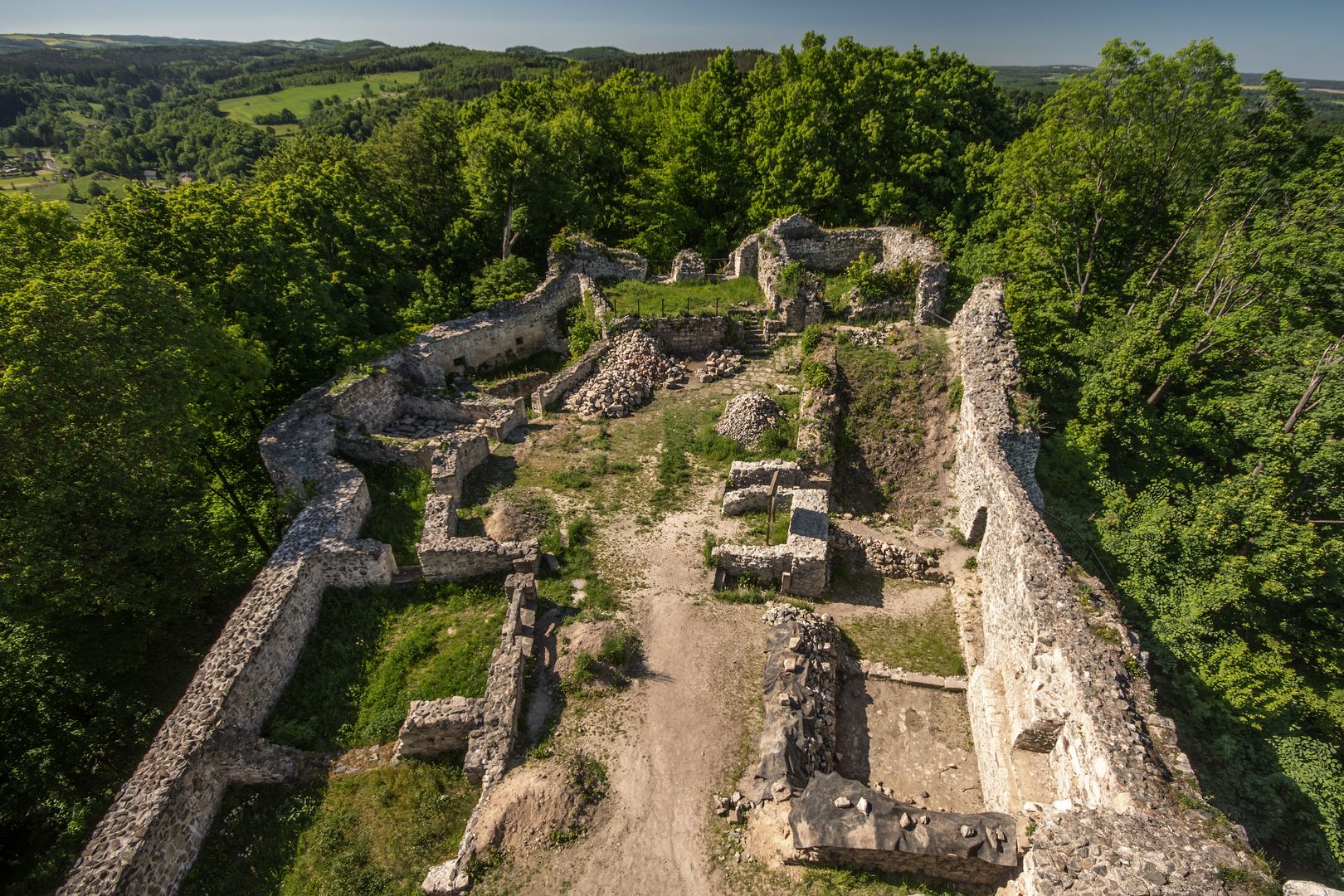Wleń Castle
7.34

Overview
Wleński Gródek Castle, also known as Lehnhaus, is one of the oldest castles in Poland, built at the end of the 12th century by Prince Bolesław the Tall on the site of an earlier fortified settlement. The castle is located on Castle Mountain in the hamlet of Wleński Gródek, near the village of Łupki in the Lower Silesian Voivodeship. Architecturally, the castle stands out for its masonry perimeter and a hexagonal tower, which was replaced in the 13th century by a round tower with a diameter of 12 meters. Over the centuries, the castle underwent numerous renovations, including expansions of the residential tower and chapel, reflecting its historical and architectural significance. Historically, the castle witnessed many important events, such as the imprisonment of Wrocław bishops by Bolesław II the Horned and sieges during the Thirty Years' War. In 1646, the castle was finally destroyed by imperial troops, leading to its ruin. In the 18th century, it passed into the hands of the Counts of Grünfeld and later the von Haugwitz family. After World War II, the castle fell into obscurity, and its ruins began to attract tourists. Following preservation work carried out between 2009 and 2018, the castle was opened to visitors. An interesting aspect is its naming: originally called Hedwigsburg, it was renamed Lenno after World War II and is currently known as Wleński Gródek. It is also worth noting that from 1989 to 1994, archaeological research was conducted at the castle to gain a more detailed understanding of its history and development. Despite its current ruined state, the castle and its surroundings offer picturesque views of the Karkonosze Mountains and the Kaczawskie Mountains, attracting tourists interested in both history and the beauty of Lower Silesia.
Location
2025 Wizytor | All Rights Reserved